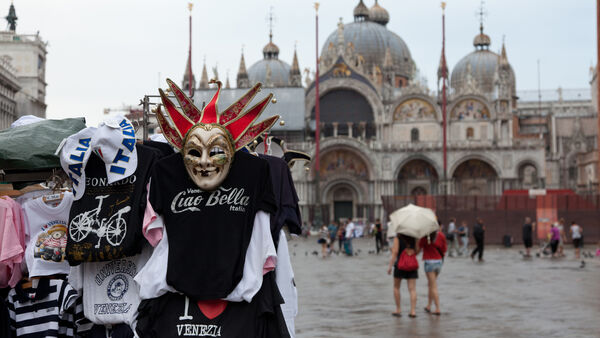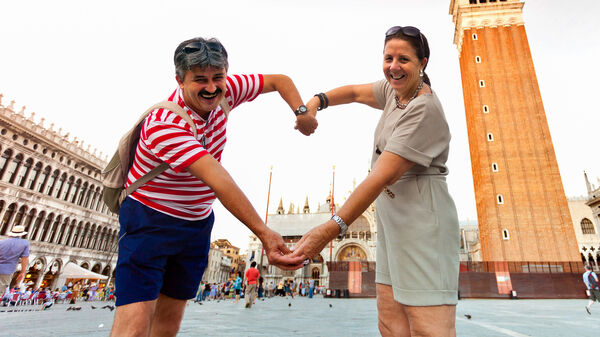When to Go to Venice


By Rick Steves and Gene Openshaw
Venice's best travel months (also its busiest and most expensive) are April, May, June, September, and October.
Summer in Venice is more temperate (high 70s and 80s) than in Italy's scorching inland cities. Most Venetian hotels come with air-conditioning — important in the summer — but it's usually available only from mid-May (at the earliest) through September. Spring and fall can be cool, and many hotels — thanks to a national interest in not wasting energy — are not allowed to turn on their heat until winter.
Between November and March, expect mild winter weather (with lows in the 30s and 40s), occasional flooding, shorter lines and opening hours, lower prices, and fewer tourists (except during Carnevale, generally in February). While Carnevale comes with high hotel prices, it's a big party, with special concerts, lots of kids' events, fresh pastries, and costumed figures crowding through the city. March offers a good balance of low-season prices and reasonable weather.
Venice has two main weather patterns: Wind from the southeast (the Balkans) brings cold and dry weather, while the sirocco wind from the south (North Africa) brings warm and wet weather, pushing water into the lagoon and causing flooding (acqua alta). In the off-season, expect occasional flooding, particularly at St. Mark's Square. (It shouldn't affect your sightseeing plans.) Tabacchi (tobacco shops) and some souvenir shops sell rain boots. Elevated wooden walkways are sometimes set up in the busier, more flooded squares to keep you above the water. And it's worth a trip to St. Mark's Square to see waiters in fancy tuxes and rubber boots.
- See Italy's main holidays and festivals
- See our tips for planning your time in Venice
- See Rick's recommended itinerary for Italy
Gene Openshaw is the co-author of the Rick Steves Venice guidebook.

